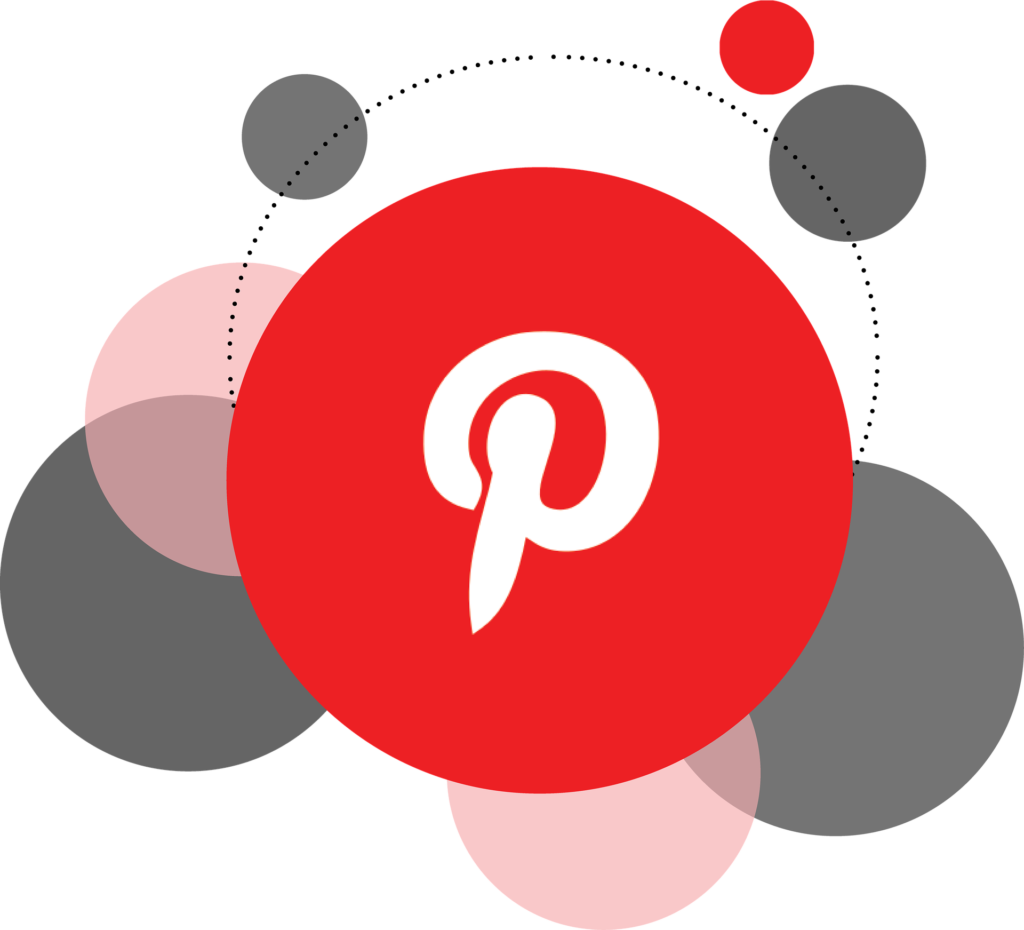By Michael Boccacino, director of content partnerships at TheSoul Publishing
Pinterest has had something of a resurgence when it comes to audience interest, with video views up 240% year-on-year. With a shift towards crafting, DIY and upcycling during lockdown, the ability to create virtual mood boards sets Pinterest apart from rivals, acting not just as a social platform but as a practical creative tool.
For brands, this offers a “stickiness” to content not available on other channels, where trending content burns bright and fast.
As a company which owns the largest DIY channel on YouTube, 5-Minute Crafts, Pinterest presented a natural expansion opportunity for TheSoul Publishing during the first half of 2020. Pinterest plays a key role in the TheSoul Publishing’s social media toolkit. Here are my tips to help other brands understand how it could be a useful platform for them too.
How Pinterest differs from other social media platforms
While most other platforms are about what’s happening right now, Pinterest is focused on helping people plan for the future “” it’s where you go to be inspired. Take the example of wedding planning. You could easily be “pinning” a piece of content for up to two years. Compare this to the speed with which posts disappear on a platform like Twitter, where interaction is reactive and in the moment, and the first benefit becomes clear.
It also operates differently in terms of how it stores this content. Pinterest functions more as a search engine, than as a traditional social platform. Brands can build up a catalogue of content which will be accessed time and time again. This results in a better ROI per piece of content, with the most successful pieces having a long and productive shelf life. It also means that managing a Pinterest account can be less labour intensive. The size and quality of the catalogue content is more important than posting quickly.
The focus on visual search means that Pinterest rewards creators/publishers with the widest breadth of content. It also lends itself to the bright, colourful thumbnails from our videos, driving a higher click-through-rate.
What is the best overall strategy for Pinterest?
As with any platform, it’s essential to establish up front what you’re trying to achieve from having a Pinterest account for your brand.
Pinterest can act as an effective replacement for a traditional product catalogue. According to Pinterest research, 64% of respondents claimed that Pinterest is a fantastic platform for finding products and services they can trust. As consumers continue to lose trust in brands, this becomes ever more important. Branded search volume is falling and social platforms, including Pinterest, are where many shoppers are researching their purchases. IKEA has integrated its famous catalogue with Pinterest since 2018 and others are following.
Pinterest is also a great tool in driving traffic to a specific product or website, for purchase or further monetisation. While the majority of our posts on Pinterest is video, we have experimented with static posts to drive traffic to our Brightside website where viewers can access a vast array of light-hearted entertainment content. Overtime this has helped driving a highly relevant and engaged audience we can monetise further on our own and operated websites.
The best strategy for every publisher is to adapt their content for cross-platform distribution.
Key takeaways
For us, Pinterest works because its focus on aspirational DIY fits with our content.. Advertisers interested in our 5-Minute Crafts portfolio are likely to view Pinterest as a key part of their own strategy. In addition it’s ROI tools are better than most at driving sales.
Pinterest presents many opportunities to brands, if due consideration is given to how it fits in with the broader marketing strategy. The Pinterest audience remains more niche than on other platforms, making them valuable to advertisers. Its unique position fills an important gap in the social media toolkit and used correctly it can add significant value to brand awareness.









